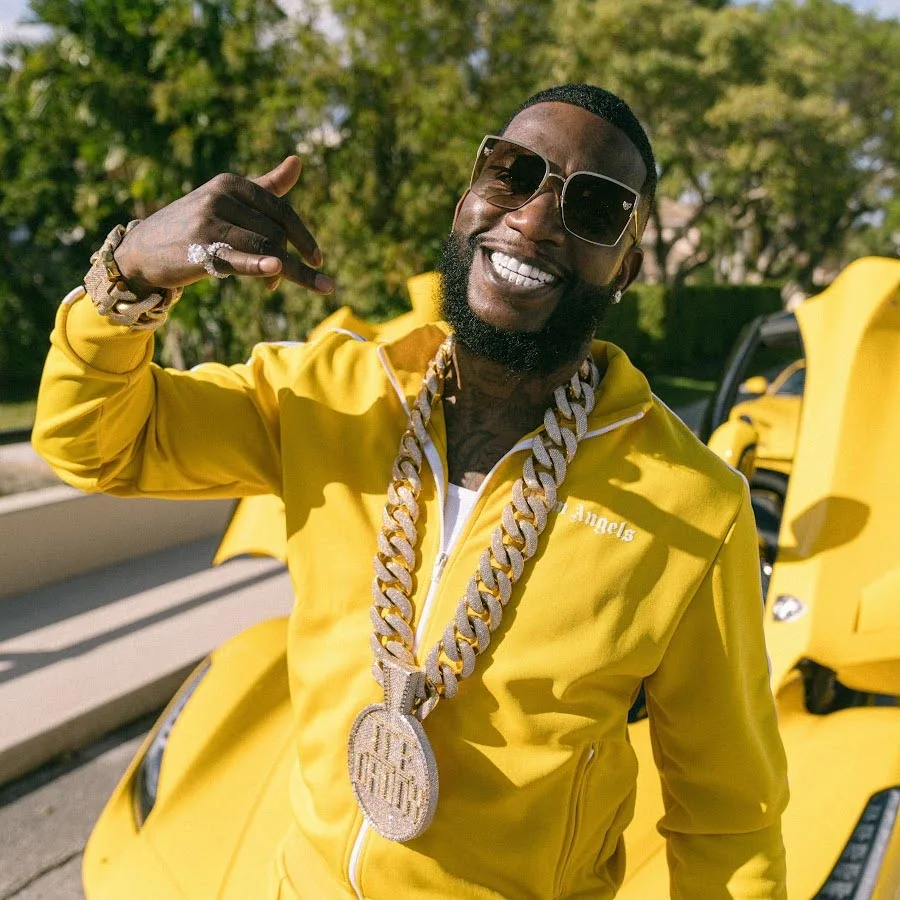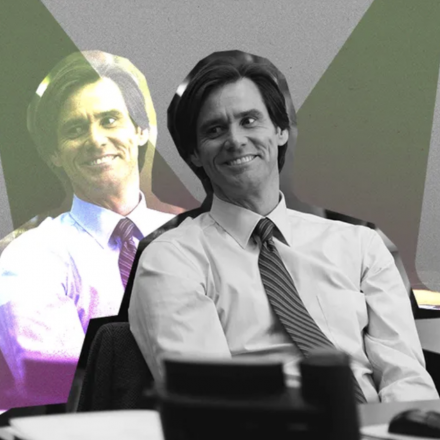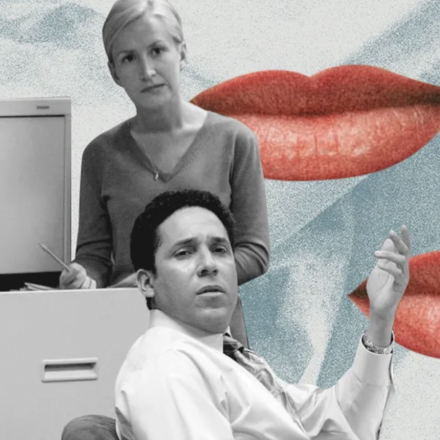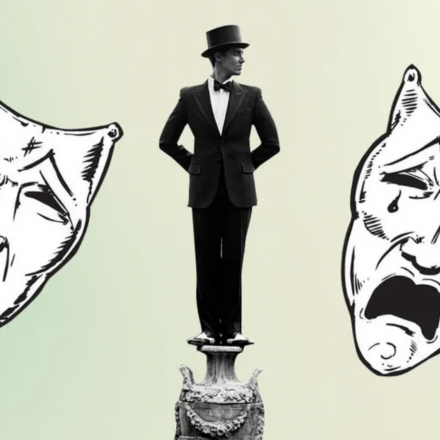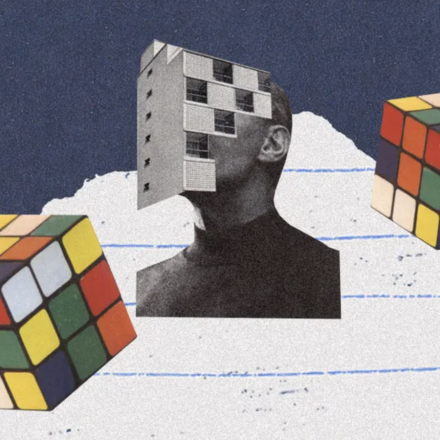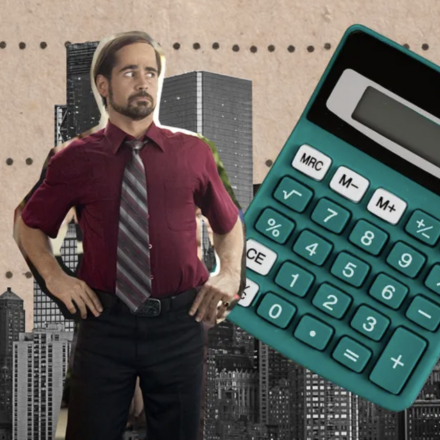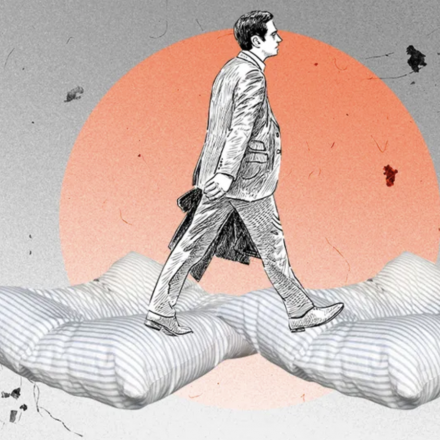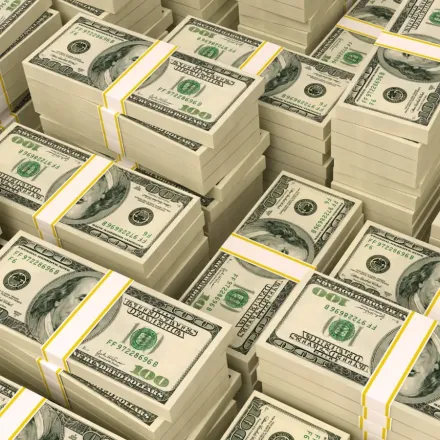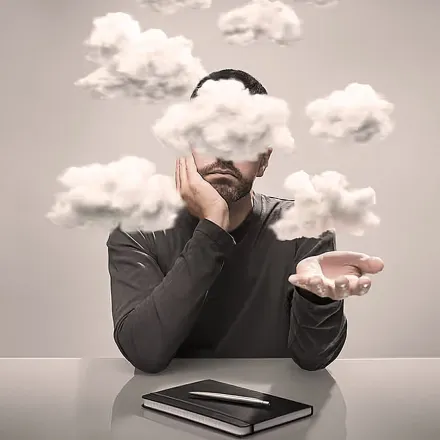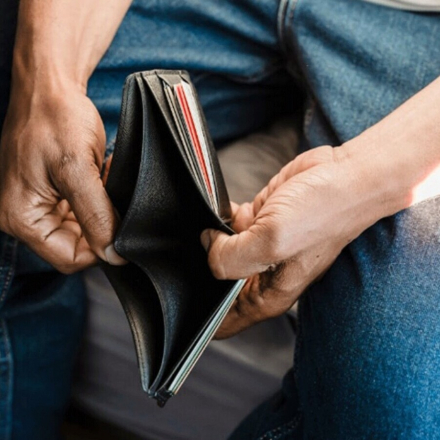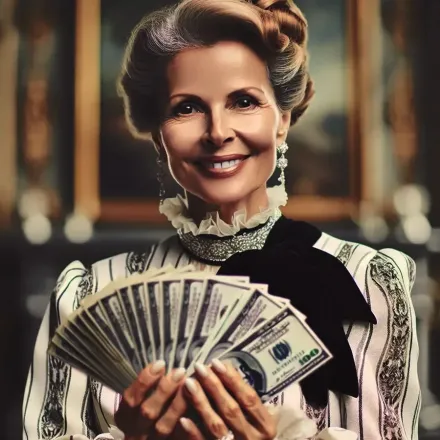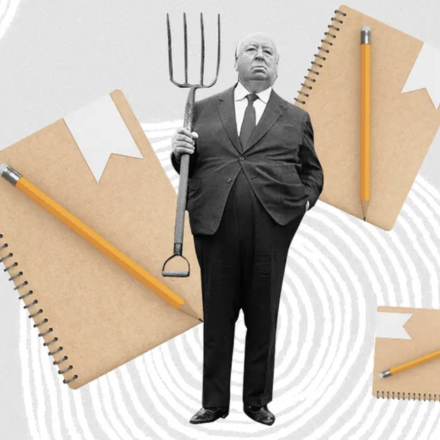You’ve seen it — a girl with a Louis Vuitton bag standing next to peeling concrete walls, or a guy in a Dior cap who’s just trying to scrape together enough for street food. It looks ironic, even absurd. But it’s not a joke. It’s a business strategy, and a genius one at that.
Let’s break down why the poorest countries are flooded with luxury brands — and how not to become a walking billboard for someone else’s fantasy.
Luxury in Poverty Isn’t Absurd — It’s Strategy
According to Bloomberg (2024), luxury sales in countries with GDP under $5,000 per capita are growing three times faster than in wealthier nations. Why?
Because in struggling societies, status matters more than logic. Brands know that when people are surrounded by hardship, they crave signs that they’re not like the rest. It’s not about comfort or practicality — it’s about projecting a better life.
You're not buying a t-shirt — you’re buying proof that you belong somewhere else.
It’s Not a Product — It’s an Illusion
According to McKinsey (2025), over 60% of luxury buyers in developing countries use credit to make the purchase. They know it’s a financial burden. They know it’ll hurt later. But that logo isn’t just a logo — it’s a symbol.
It says: I’m not average.
Even if the bag is empty — and so is the bank account.
You’re Not a Customer. You’re an Ad.
In Africa, Latin America, and Central Asia, luxury brands deliberately lower the entry barrier. Think: small perfumes, branded belts, logo caps. These aren’t designed for the elite.
They’re designed for visibility.
The Guardian (2024) explains how brands use these low-tier items to create the illusion that their logo is everywhere — on every street, in every selfie, in every struggling city.
It’s not luxury. It’s viral marketing.
And you’re wearing it — for free.
Dressing Like You’ve Escaped, When You Haven’t
If the average pension is $100, but you’re wearing a $2,000 Balenciaga jacket, that’s not fashion — that’s desperation. It’s a message: Maybe if I look rich, I’ll get out of here.
Harvard Business Review (2024) calls this a “dream economy.” In many poor regions, luxury isn’t a status symbol — it’s a survival fantasy. People buy the illusion of escape, not the product itself.
But the only one escaping is the shareholder cashing in from Milan or Paris.
How to Not Be the Idiot in Designer Debt
Here’s your checklist for survival in the luxury trap:
-
A logo doesn’t make you elite. If you were truly elite, you wouldn’t need to advertise it.
-
Ask yourself: Do I want this — or do I want people to see that I have it? The difference is everything.
-
Don’t buy into “look rich, be rich.” That’s a myth poor countries sell themselves. In rich countries, it’s the opposite — understated is power.
-
Buy luxury secondhand — or better yet, invest in a course, a skill, a real asset. Something that pays you back.
-
There’s nothing dumber than walking down broken roads in $1,000 sneakers.
Final Word: Luxury Brands Know You Better Than You Think
These brands aren’t stupid. They know: the poorer you are, the more you want to look rich. And they’re happy to sell you that dream — with interest.
You think you're standing out.
They think you're easy money.
And while you're maxing out your credit for a handbag, someone in Geneva is toasting record sales in Lagos, Bishkek, and the Bronx.
Want real luxury? Build a life that can afford it. Otherwise, you're not wearing wealth — you're disguising struggle.

